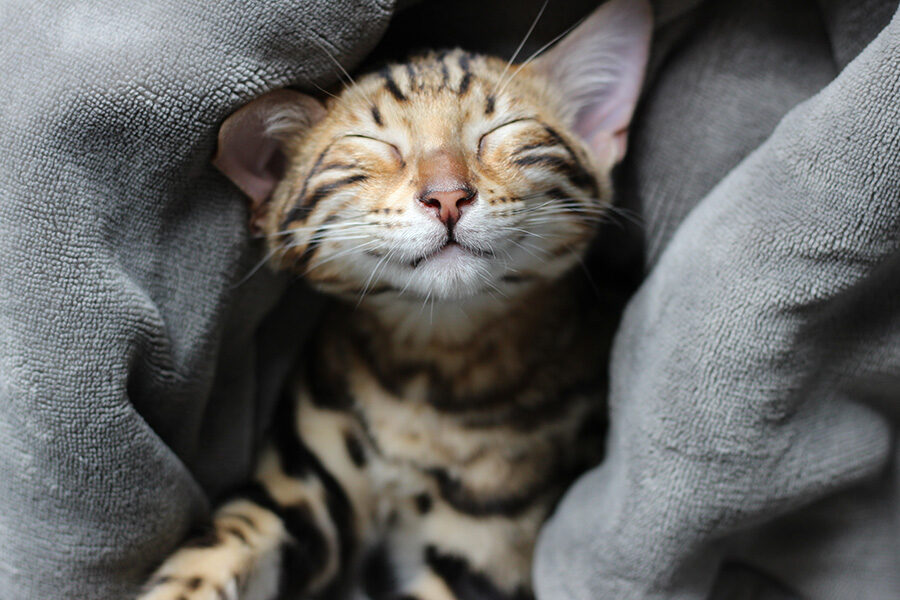Why do cats purr while fondling?
Do you know why your cats purr when you stroke them or fondle them? It is because they feel relaxed. But if she purrs when she is around unknown people or being held, that means she feels anxious.
Professional pet grooming services in Mumbai says cats can even start purring to get themselves some rest or heal any injury. This is the reason why they purr while giving birth or if she is in an uncomfortable situation. If you observe that your pet cat is purring in an unusual way and there is a change in her behavior, then your cat may be in pain and need an immediate visit to a veterinarian.
Generally, when a cat needs food or attention, she starts making sounds in a high-pitched voice which is a mixture of both meowing and purring, and it is called “solicitation purr” by the experts. As per some studies, it is shown that this “solicitation purr” is mainly used by adult cats to ask for food from humans. This purr varies with high or low frequency and is judged on the basis of urgency. A High-frequency purr is usually more urgent than a normal purr.
How do cats purr?
Cats do this purring with the help of their diaphragm and larynx. To produce an audible sound, both the muscles move at a quick rate of about 20 to 30 times each second to vibrate the air that moves in their body. Cats can easily purr because of their body structure. Purring becomes possible because of the density and size of the hyoid bone sitting between the roof of the mouth and tongue or the larynx. The flexibility of the hyoid bone makes it easier for the cat to purr while breathing in and out.
As we all know, purr differs with varied situations, and it ranges from soft to loud base on their emotions and expressions. However, it is seen that certain cats there who purr more than other cats, and some are there who do not purr at all.
Is cat purring therapeutic?
Purring can have calming and healing effects on cats. It may be an inherent way of healing or soothing themselves or other cats. It may be a therapeutic self-healing way after suffering physical or emotional trauma. A popular study has shown that purring and feline healing are both correlated. Take help of cat training Mumbai if you need professional opinion on this.
Cats usually purr at a frequency between 25 Hertz to 150 Hertz, which has alignment with a similar frequency that boosts healing in humans. So, it can be said cat’s purring can be beneficial for felines and their human owners as well. Impacts of this purring frequency include reduced risk of heart disease, healing of bone and muscle, lowering signs of dyspnea or breathing trouble, and decreasing blood pressure.
So, whenever you cuddle your furry ball, remember that her purrs can be therapeutic for you in addition to fondness. To know more about your cat, contact an expert whenever you need.










